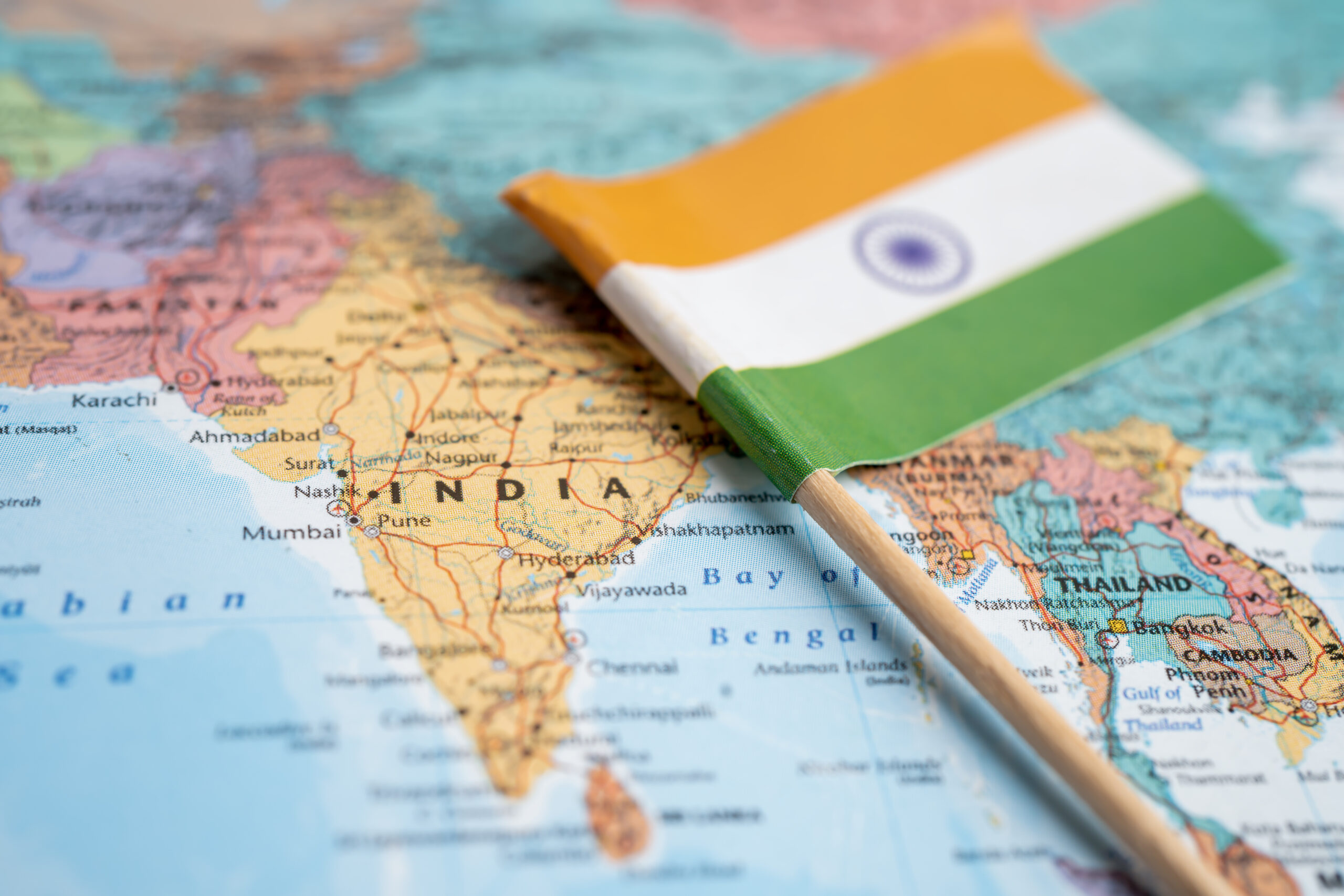
Gringo Go Home: What digital Nomads Should Know
So, you’ve decided to embrace the nomadic lifestyle. The allure of working from a beach in Bali, sipping coffee in a cozy café in Lisbon, or exploring the vibrant streets of Mexico City while earning a steady income from your laptop is undeniable. But there’s an elephant in the room that many nomads often overlook—the impact of our presence on the local communities. You may have heard the phrase “Gringo Go Home” whispered or even shouted in the streets, but what does it really mean? And how does it apply to us, the modern-day digital nomads?
This article isn’t about scaring you away from your dreams. Think of it as a heart-to-heart chat from someone who’s been there, seen the world, and learned a few lessons along the way. Let’s dive into what’s happening behind the scenes in popular nomad destinations, why locals might not always welcome us with open arms, and how we can be more mindful travelers.
The Gringo Effect: Why the Backlash?
The phrase “Gringo Go Home” has become a rallying cry in various parts of Latin America, particularly in Mexico. But this isn’t just about tourists overstaying their welcome. It’s a deeper issue rooted in economic disparity, gentrification, and the unintended consequences of the digital nomad lifestyle.
Let’s start with Mexico City. Once known for its affordable cost of living, the city has seen a surge in housing prices, partly due to the influx of digital nomads. According to a report by El País, Mexico City’s housing crisis preceded the arrival of digital nomads, but our presence has certainly exacerbated the issue. Locals are being priced out of their neighborhoods as landlords cater to wealthier foreigners willing to pay higher rents . This is not just happening in Mexico City but also in other popular destinations like Oaxaca and Puerto Vallarta, where gentrification has become a significant concern .
Another reason for the “Gringo Go Home” sentiment is the cultural divide. As digital nomads, we often bring our own customs, languages, and lifestyles to the places we visit. While this cultural exchange can be enriching, it can also lead to misunderstandings and resentment, especially if we’re not making an effort to integrate into the local culture. It’s easy to stick to your bubble of fellow nomads, but doing so can alienate you from the community and contribute to the perception that you’re just another gentrifying foreigner.
Let’s break down what gentrification actually means for the locals. When wealthier individuals move into a lower-income neighborhood, they drive up property values and the cost of living. This can displace long-time residents who can no longer afford to live there. In places like Oaxaca, this has led to public protests and a growing frustration with foreigners who are seen as driving these changes .
In Mexico City, the situation is even more complex. According to a Bloomberg opinion piece, the city’s housing problems are rooted in deeper economic and political issues. However, the influx of digital nomads has made these problems more visible and acute . It’s essential to understand that while we might see ourselves as contributors to the local economy, the reality is more nuanced.
What Nomads Should Know Before Settling In
So, what can you do to be a more mindful digital nomad? Here are a few tips to help you navigate these complex dynamics.
Do Your Research
Before you pack your bags, take some time to research your destination. Understand the local culture, economy, and the challenges the community is facing. If the area is experiencing a housing crisis or protests against gentrification, consider the impact your presence might have. This doesn’t mean you can’t go, but it’s important to be aware and sensitive to these issues.
Choose Your Accommodation Wisely
Instead of opting for the trendy expat neighborhoods, consider staying in less gentrified areas. Look for locally-owned accommodations, like small guesthouses or Airbnbs run by locals. Not only does this support the local economy, but it also helps you integrate better into the community.
Learn the Language
You don’t need to be fluent, but making an effort to learn the local language can go a long way in building bridges with the community. It shows respect and a genuine interest in the culture, which can help counter the perception of being an outsider.
Engage with the Community
Take part in local events, volunteer, or simply strike up conversations with locals. The more you engage, the more you’ll understand the culture and the challenges the community faces. This can also help you find ways to contribute positively to the area, whether through supporting local businesses or participating in community initiatives.
Be Mindful of Your Economic Impact
It’s easy to overlook how our spending habits can impact the local economy. For example, frequenting international chains instead of local businesses can contribute to economic disparity. Aim to spend your money in ways that benefit the local community, such as shopping at local markets or eating at locally-owned restaurants.
Digital Nomads: The Good, The Bad, and The Ugly
Let’s be honest—being a digital nomad comes with its perks, but it also comes with responsibilities. The “Gringo Go Home” sentiment is a wake-up call for all of us to be more conscious of our impact. We’re guests in these communities, and it’s our duty to act as responsible travelers.
The Good
Digital nomads can bring positive changes to a community. We contribute to the local economy by spending money on housing, food, and entertainment. Many of us also share our skills and knowledge with locals, helping them to start their own online businesses or improve their English.
The Bad
However, the downside is that we can unintentionally contribute to gentrification and economic disparity. By driving up housing prices and frequenting expat-focused businesses, we can create an environment that excludes locals.
The Ugly
In the worst cases, digital nomads can become part of a neo-colonial dynamic, where wealthier foreigners live comfortably while the local population struggles. This is the harsh reality behind the “Gringo Go Home” sentiment, and it’s something we need to be aware of if we want to continue enjoying the benefits of this lifestyle.
As digital nomads, we have the privilege of choosing where we live and work, but with that privilege comes responsibility. The “Gringo Go Home” movement isn’t just a rejection of foreigners—it’s a call for us to be more mindful of our impact on the communities we visit. By doing our research, engaging with the community, and being conscious of our economic impact, we can help create a more positive experience for both ourselves and the locals.
Before you decide on your next remote work destination, take a moment to consider the broader implications of your choice. Are you contributing to gentrification? Are you integrating into the local culture, or are you just another face in the expat bubble? These are important questions that every digital nomad should ask themselves.
In the end, being a responsible digital nomad isn’t about giving up the lifestyle—it’s about finding a balance between your needs and the needs of the community. So, the next time you hear “Gringo Go Home,” let it be a reminder to reflect on your journey and make more informed, thoughtful decisions.
For more insights on how to navigate Latin America, check out our guide on Colombia and its best kept secrets.
This article incorporates insights from the Bloomberg opinion piece on Mexico City’s housing crisis and the El País report on the impact of digital nomads. For further reading on the complexities of gentrification in Mexico, see this article from Vallarta Daily.
This article gives a comprehensive look into the digital nomad experience, addressing both the allure and the challenges that come with it. It encourages readers to be more conscious of their impact, making it not just a travel guide, but a thoughtful commentary on the nomadic lifestyle.
Let me know if there’s anything you’d like to adjust!




